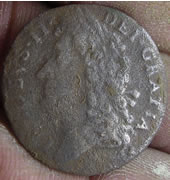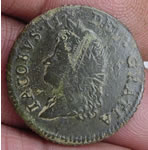

Metal detecting holidays in England with the World's most successful metal detecting club.20 years plus.
Twinned with Midwest Historical Research Society USA.
|
English Base Metal Coins
From 1672, a good quality regal copper coinage of farthings and halfpennies was produced for Charles II. These featured Britannia as a reverse design. The first time Britannia had been used on British coins. Previously Britannia had only appeared on Roman coins alluding to Britain.
Tin Coinage
Tin Continued
A copper farthing was once again issued in 1694 under William and Mary. Farthings continued to be produced incopper until 1860. The Famous Queen Anne Farthing
Matthew Boulton produced "cartwheel" twopences and pennies in 1797, at the Soho mint in Birmingham, and large heavy farthings from 1799. Boulton and Watt could produce low value coins, with a high intrinsic metal content, profitably because of their adoption of steam powered machinery.
From 1860, farthings, along with pennies and halfpennies, were reduced in size and produced in bronze, which is more hard-wearing. This change would have been facilitated by the availability of higher quality and harder-wearing steel dies. During all this time, Britannia continued to be the only design used on the reverse of farthings, and this continued until the last issues of George V in 1936.
From the first farthings of George VI in 1937 to the very last farthing
of 1956 during the reign of Elizabeth II, the wren, Britain's smallest
bird, continued to be used on the farthing, Britain's smallest and lowest
valued coin. Actually the wren is not Britain's smallest bird as the
goldcrest and firecrest are both smaller, but then again, half third
and quarter farthings were all smaller than farthings. When the wren
farthing was introduced, popular knowledge of birds was less developed
than now, so the error was fairly understandable.
The very last date of farthing to be issued was 1956, and the farthing
was demonetised shortly after, at the end of 1960.
Although there were 960 farthings to the pound sterling, which sounds
difficult to imagine nowadays, there were, in fact coins smaller than
farthings.
Copper quarter farthings, incredible as it may seem to have needed coins
worth 3840 to the pound, were produced from 1839 to 1853, but were almost
exclusively reserved for use in Ceylon.
There were 2880 third farthings to the pound, and third farthings were
issued for use in Malta. They were produced in copper in 1844 with the
reverse type being Britannia, and in bronze from 1866 to 1885 with the
reverse design being the inscription "ONE THIRD FARTHING"
in two lines, within a wreath, and surmounted by a crown. |
|||
|
Charles
II 1660-1685 |
|||
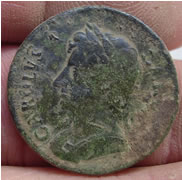 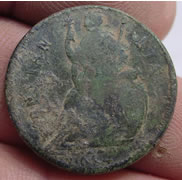 |
|||
|
Stunning
1670's farthing |
|||
 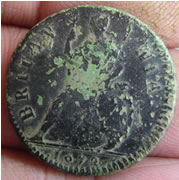 |
|||
Stunning
1672 Charles 1st copper halfpenny - best I have ever seen |
|||
 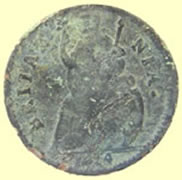 |
|||
Stunning condition 1674 Charles II milled copper farthing |
|||
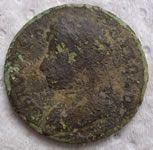 |
  |
||
|
Charles
II copper farthing |
Charles II copper penny |
||
 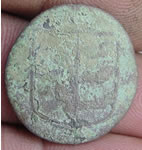 |
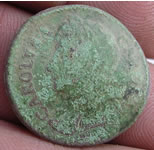 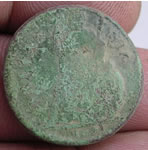 |
||
|
1670
Ipswich copper farthing |
Charles
II copper farthing |
||
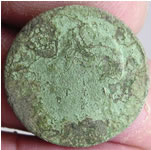 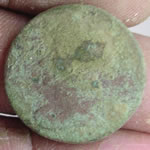 |
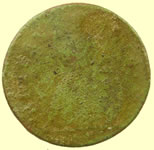  |
||
Charles
II copper farthing |
Charles
II copper farthing |
||
|
James II
1685-1688 |
|||
|
Gun metal copper shilling coin of James II 1690
Great find - copper shilling - Aug 1689 James II Irish 'gun metal' emergency coinage Obv 1 - JACOBVS II DEI GRATIA - Rev 1
Great find, mint condition copper shilling - June 1690 James II Irish 'gun metal' emergency coinage Obv 1 - JACOBVS II DEI GRATIA - Rev 1 |
|||
|
William
and Mary 1689-1694, 1694; William as William III to 1702 |
|||
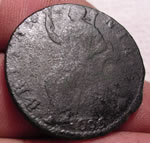  |
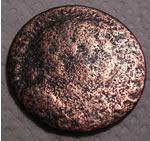 |
 |
|
|
William
III 1696 copper penny |
William
and Mary copper penny |
William
III 1699 |
|
  |
 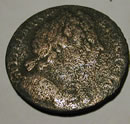 |
||
|
1696 William
III half pence
|
Rare find
1697 William and Mary copper penny |
||
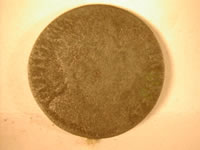 |
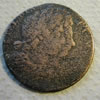 |
  |
|
|
1688 William
& Mary halfpence |
1688 William
& Mary penny |
1700 AD
William III copper
halfpenny |
|
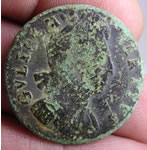  |
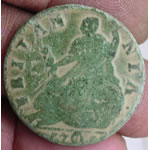  |
||
|
Great
condition 1696 William III copper half penny
|
Stunning
1701 William III copper half penny |
||
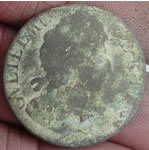  |
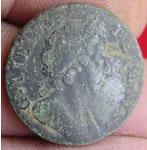 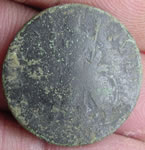 |
||
|
1696
William III copper penny |
Great
condition 1696 William III copper farthing |
||
 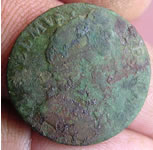 |
 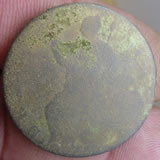 |
||
1700 William III copper
half penny in great shape |
Stunning condition 1694 William and Mary copper penny |
||
 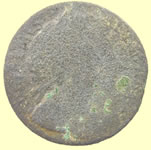 |
 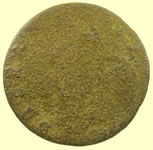 |
||
1694 William and Mary copper half penny |
1690's William III milled copper half penny |
||
|
George
I 1714-1727 (great-grandson of James I) George II 1727-1760 (son of George I) George III 1760-1820 (grandson of George II) George IV 1820-1830 (son of George III) William IV 1830-1837 (brother of George IV) |
|||
 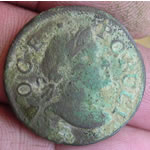 |
 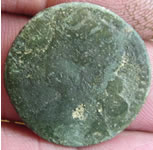 |
||
Stunning condition Irish 1760 George III 'Voce Populi' issue copper halfpenny obv VOCE POPULI REV HIBERNIA |
Scottish
George II copper halfpenny |
||
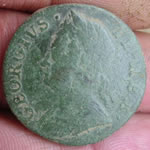  |
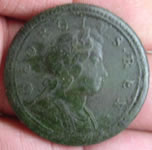 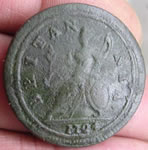 |
||
Real
nice condition 1740 George II copper halfpenny |
Stunning condition 1724 Dump issue George 1st copper halfpenny |
||
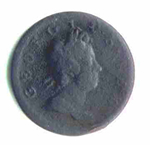 |
  |
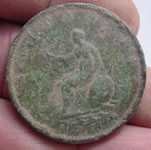 |
|
|
George
I farthing |
George
1st 1705 Penny |
1779 George
III penny in nice shape |
|
 |
 |
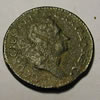 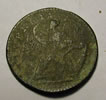 |
|
|
1721 George
I copper half penny |
1723 London
Mint Georgian Irish penny
|
||
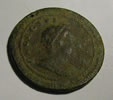 |
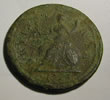 |
 |
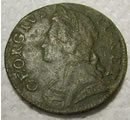 |
|
1724 George
I copper dump halfpenny |
1729 George
II penny |
1738 George
II half penny in |
|
 |
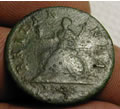 |
 |
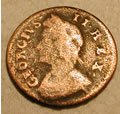 |
|
1735 George
II halfpenny in nice condition(c) |
1736 George
II farthing(c) |
||
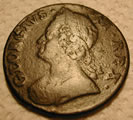 |
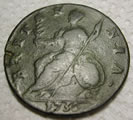 |
 |
 |
|
Really nice condition 1750 George II copper half penny
|
1754 George
II Farthing |
||
 |
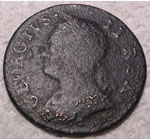 |
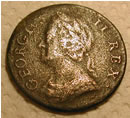 |
 |
|
1754 George
II copper half penny |
Superb
condition 1754 George II half penny(z) |
||
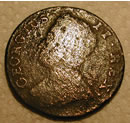 |
 |
 |
|
|
Typical
condition 1753 George II half penny(x) |
Nice 1750
George II halfpenny |
||
 |
 |
  |
|
|
George
III 1771 farthing
|
1719
George 1st dump farthing in great shape |
||
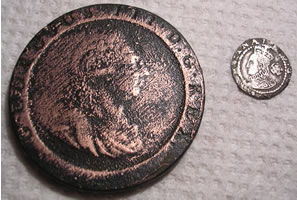 |
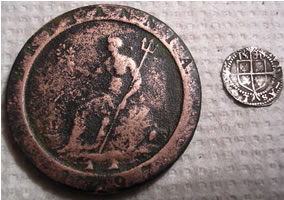 |
||
|
Mike's
cleaned up 1797 George III Cartwheel penny next to Alaskan Geo's 1581
Elizabeth 1st hammered silver threehalfpence.
|
|||
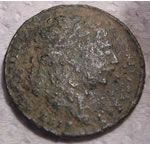 |
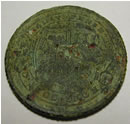 |
 |
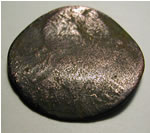 |
|
George
III sixpence forgery |
Fake George
III 1817 shilling(y) |
George
III 1806 |
Unusual
18thC love token made from a copper coin |
 |
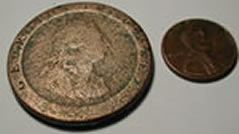 |
||
|
Large lovely
condition 1797 Cartwheel penny |
|||
 |
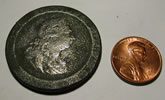 |
||
|
1797 George
III cartwheel penny |
|||

|
 |
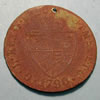 |
 |
|
1819 George
III Silver Half crown fake(y) |
George
III 1796 Guinea forgery |
||
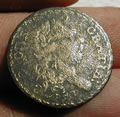 |
 |
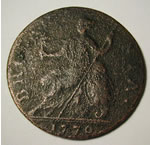 |
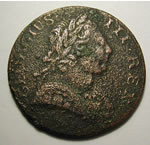 |
|
1800 George
III 1/2 guinea forgery(b) |
George
III 1770 Penny |
||
 |
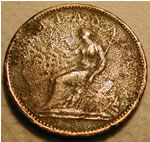 |
 |
 |
|
Huge 1806
George III penny (r) |
1797 George
III Cartwheel penny
|
||
 |
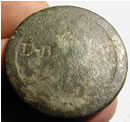 |
||
|
Huge amazingly
detailed 1806 George III penny |
1797 huge
cartwheel penny over stamped DB(b) |
||
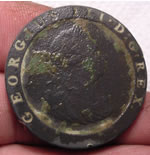 |
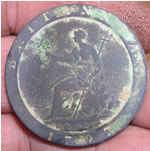 |
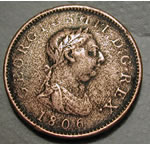 |
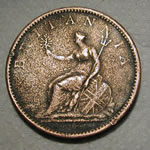 |
|
Huge 1797
George III Cartwheel penny in great shape |
Huge 1806
George III penny |
||
 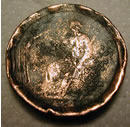 |
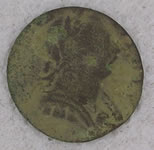 |
||
|
Very interesting
George III looking coin. 1/4 inch thick, is it made from a cartwheel
penny ? |
George
III copper farthing in great shape |
||
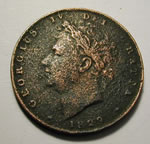 |
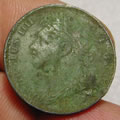 |
 |
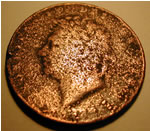 |
|
George
IV 1829 |
George
IV 1822 Halfpenny (r) |
George
IV 1826 |
|
 |
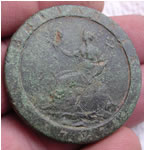 |
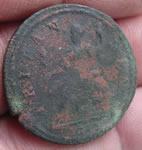 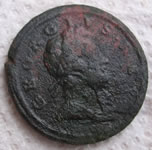 |
|
|
1797
George III Cartwheel two pence
|
1715
George 1st Halfpenny - dump issue |
||
 |
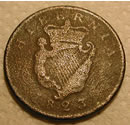 |
 |
 |
|
George
IV 1823 Irish half penny(z) |
1822 George
IVhalf pence |
||
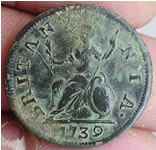 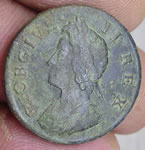 |
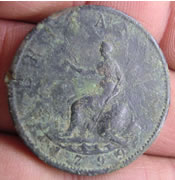 |
 |
|
|
Stunning
condition 1739 George II copper farthing |
Really
good shape 1799 George 1st penny |
1797
George III Cartwheel copper penny |
|
  |
 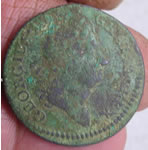 |
||
|
1715
George 1st Halfpenny - dump issue |
1723
George II Irish copper halfpenny William Wood issue Rev2 Obv 2 |
||
  |
  |
||
|
1719
George 1st 'dump issue' copper farthing |
1821-
6 George IV copper half penny - never seen one of these |
||
 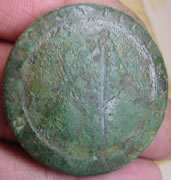 |
 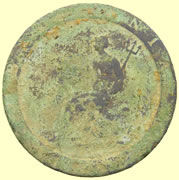 |
||
1797
George III Cartwheel penny in great shape |
1797 George III cartwheel penny |
||
  |
|||
1737 George II copper half penny |
|||
|
Victorian
to Modern |
|||
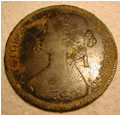 |
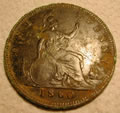 |
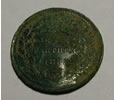 |
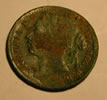 |
|
Really
nice 1860 Victorian penny (b) |
Victoria
1885 One third farthing (never seen one before) |
||
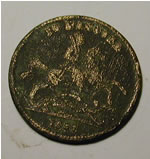 |
 |
 |
 |
|
Victorian
commonwealth coin 1877
|
1906 Edward
copper penny with nice patina |
||
 |
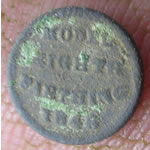 |
 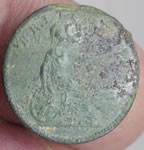 |
|
|
Smallest
coin ever found here 'Model Eight farthing' 1848 ??? 0.29g, 8.4mm |
Curious coin dated 1834 - William IV period - must be a token 'This coin is from the Ionian Islands acquired by Britain in 1809-14 and left to Greece in 1864. You can see the text "IONIKON KRATOS" on the coin and depending on diameter it can be 1 Lepton (15mm), 2 Lepta (22mm), 1 Obol (28mm) or 2 Oboli (34mm).
|
||
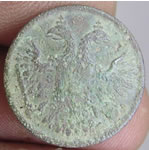 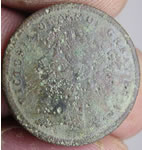 |
  |
||
|
Victorian
coin with German eagle on back ? |
WWI
1918 George V farthing love token ? - SM LT |
||
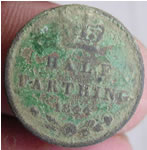 |
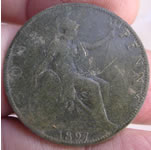 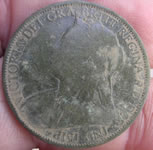 |
||
|
1844 Victorian half farthing (1/8 penny) Fractional farthings
were issued from 1839. Copper half farthings, 1920 to the pound, were
used in Britain, and also in many Colonial countries where lower denomination
coins were needed. |
1897
Victorian penny with nice patina |
||
 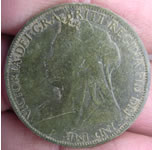 |
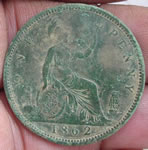  |
||
|
1901
Victorian penny with nice patina |
Real
nice 1862 Victorian copper penny |
||
 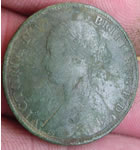 |
  |
||
Real
nice 1862 Victoria copper half penny |
1900 Victorian old bust milled copper penny
|
||
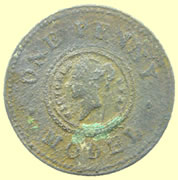 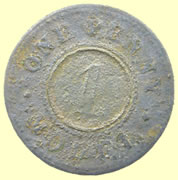 |
  |
||
Never seen one of these Victorian 'model' one pennies, neat find 'They were a suggested design by Joseph Moore and made in either 1844 or 1848 to replace the heavy coinage then in circulation. According to Peck, the inner part was supposed to be in silver to compensate for the small intrinsic copper value but those produced in the greatest numbers had a copper outer ring and an inner part made of approximately 60% zinc / 40% nickel according to Freeman who analysed the metal composition of many coins. They were never adopted ' |
1865 East India Company 1 Anna India coin |
||
 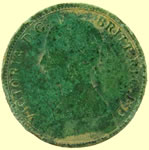 |
|||
Clean 1861 Victorian copper half penny |
|||
 |
|||

